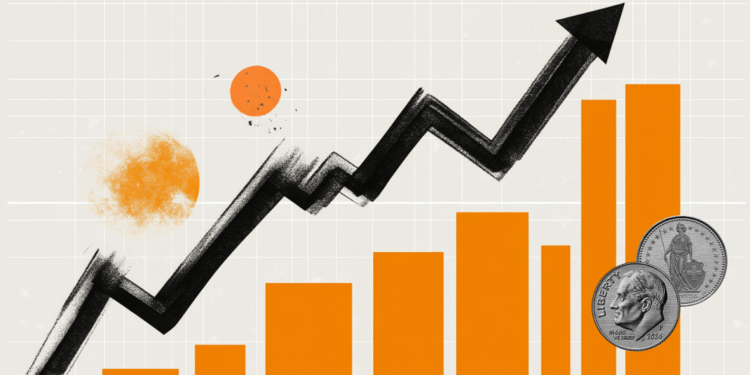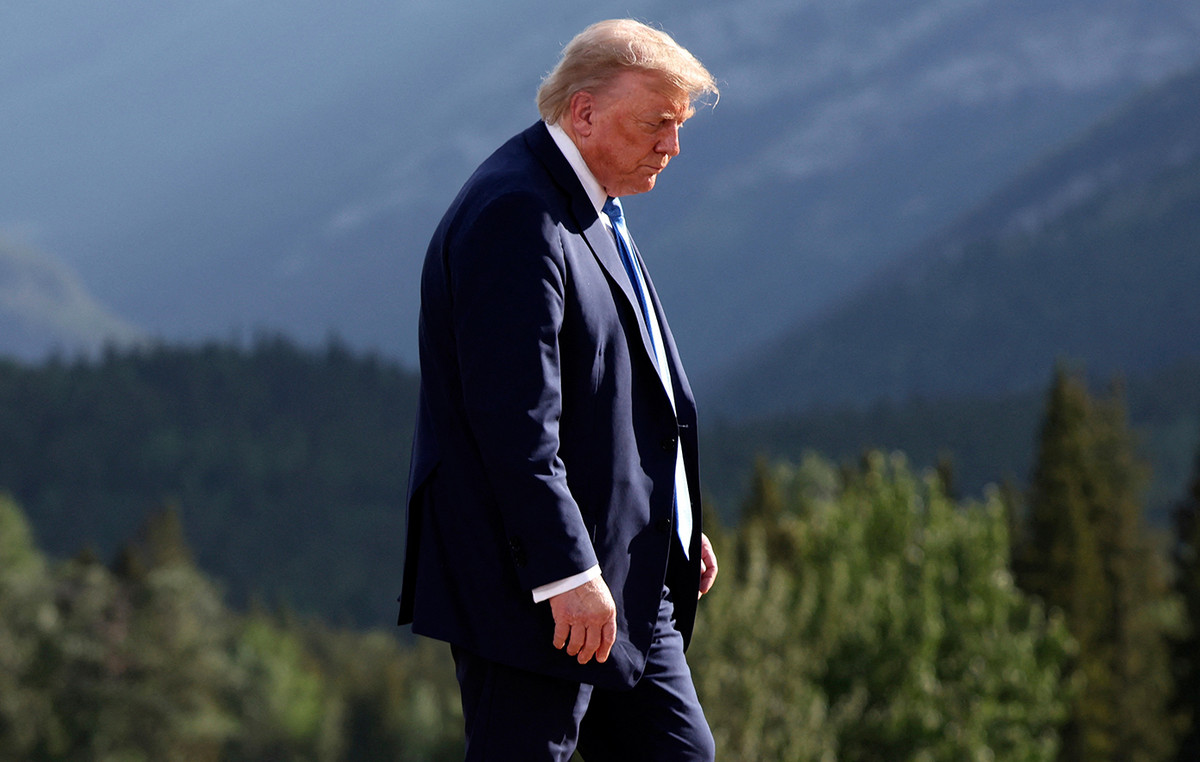The Point graph projections published by the Federal Open Market Committee (FOMC) of the Board of Governors of the Federal Reserve of the United States indicate that Interest rates will be at an average of 3.9% at the end of 2025, coinciding with the March projection.
If this prognosis is fulfilled, still We could see two type cuts of 25 basic points (PB) by the Fed in 2025, or one of 50 pb.
In 2026 the types would be 3.6% compared to the previous 3.4% and in 2027 in 3.4%, above the 3.1% that was foreseen in the March points chart. In the long term, rates would drop to 3.0%, as expected.
Regarding American GDP, the projections are checked down, standing at 1.4% For this year from 1.7% predicted in March. By 2026, American gathering would grow 1.6%, below 1.8% projected in December.
About the Unemployment rate, a 4.5% rise is expected By the end of 2025 compared to 4.4% estimated above. In 2026, unemployment would be maintained at 4.5%, above the forecasts of December 4.3%.
Finally, It is estimated that the PCE inflation will rise to 3.0% at the end of the year, from the expected 2.7% previously. In 2026, the indicator would be 2.4% compared to 2.2% previously anticipated. In 2027, the personal consumption expenditure rate would be 2.1%, exceeding 2% in March. He PCE underlying has also been reviewed upwards by 2025, located in 3.1% compared to the previous 2.8%.
Fed Faqs
The monetary policy of the United States is directed by the Federal Reserve (FED). The Fed has two mandates: to achieve prices stability and promote full employment. Its main tool to achieve these objectives is to adjust interest rates. When prices rise too quickly and inflation exceeds the objective of 2% set by the Federal Reserve, it rises interest rates, increasing the costs of loans throughout the economy. This translates into a strengthening of the US dollar (USD), since it makes the United States a more attractive place for international investors to place their money. When inflation falls below 2% or the unemployment rate is too high, the Federal Reserve can lower interest rates to foster indebtedness, which weighs on the green ticket.
The Federal Reserve (FED) celebrates eight meetings per year, in which the Federal Open Market Committee (FOMC) evaluates the economic situation and makes monetary policy decisions. The FOMC is made up of twelve officials of the Federal Reserve: the seven members of the Council of Governors, the president of the Bank of the Federal Reserve of New York and four of the eleven presidents of the regional banks of the Reserve, who exercise their positions for a year in a rotary form.
In extreme situations, the Federal Reserve can resort to a policy called Quantitative Easing (QE). The QE is the process by which the Fed substantially increases the flow of credit in a stuck financial system. It is a non -standard policy measure used during crises or when inflation is extremely low. It was the weapon chosen by the Fed during the great financial crisis of 2008. It is that the Fed prints more dollars and uses them to buy high quality bonds of financial institutions. The one usually weakens the US dollar.
The quantitative hardening (QT) is the inverse process to the QE, for which the Federal Reserve stops buying bonds from financial institutions and does not reinvote the capital of the bonds that it has in portfolio that they expire, to buy new bonds. It is usually positive for the value of the US dollar.
Source: Fx Street
I am Joshua Winder, a senior-level journalist and editor at World Stock Market. I specialize in covering news related to the stock market and economic trends. With more than 8 years of experience in this field, I have become an expert in financial reporting.






